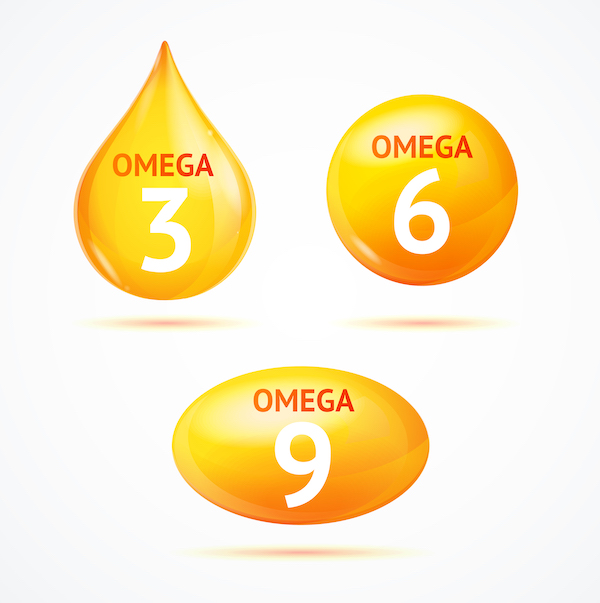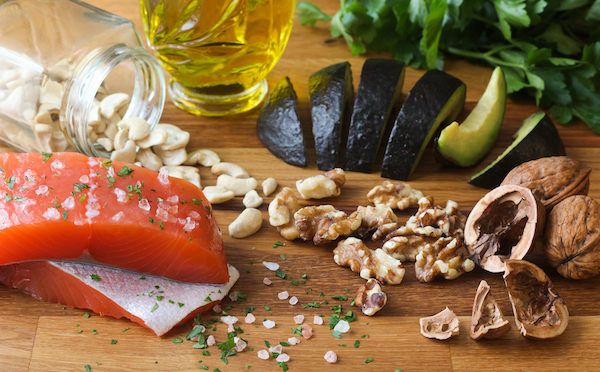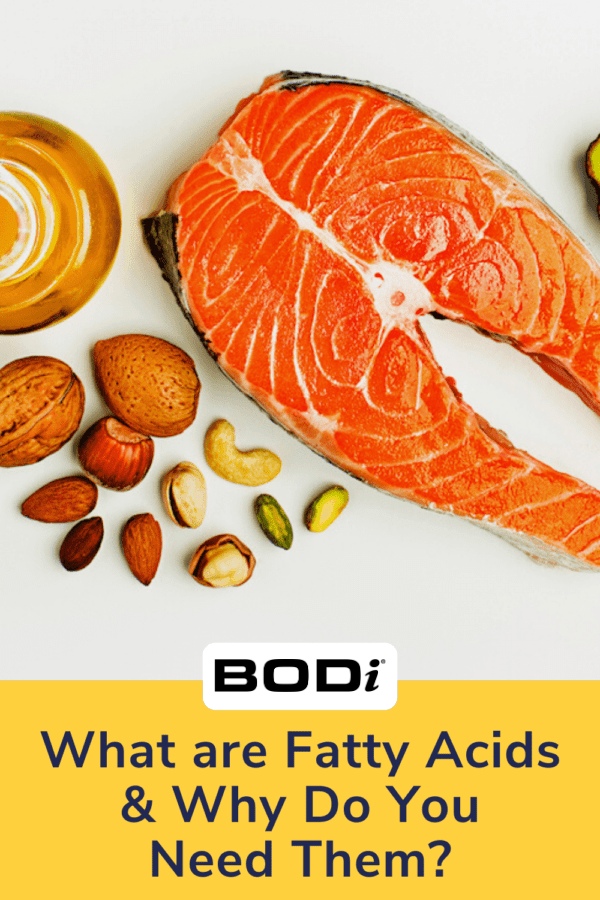Physical Address
304 North Cardinal St.
Dorchester Center, MA 02124
Physical Address
304 North Cardinal St.
Dorchester Center, MA 02124

As the most informed consumers, we have traveled a long way from the anti-gross rhetoric that permeates the nutritional space for some years. Now we know that fat is a important part Of a balanced diet and fatty acids such as Omega-3 are beneficial to our health.
But what exactly are fatty acids, and are the same as fat? Why are they good for us? This is what you need to know.
Fatty acids are carboxylic acids that consist of carbon and hydrogen atoms and serve as fat construction blocks. They contribute for cell membrane support, long -term fuel storage and hormonal and metabolic signage.
Depending on their chemical structure, fatty acids can be saturated or unsaturated, says Brittany Linn, RD, CDN, owner of B. Linn Nutrition In New York City.
Saturated fat It comes from animal products such as meat, eggs and cream, along with certain plant -based oils. Because it is believed that saturated fats negatively affect the health of the heart, the American Heart Association recommends limiting the intake of saturated fats to about five percent of their total daily calories.
Monounsaturated fatty acids (MUFA) and polyunsaturated fatty acids (puff), On the other hand, they are often known as “healthy fats“And it is believed that they have beneficial effects on our general health.
There is More than 20 types of fatty acids found in food, but three in particular obtain most of the exaggeration of their health benefits: omega-3, omega-6 and omega-9 fatty acids.

There are three main types of unsaturated fatty acids: Omega-3, Omega-6 and Omega-9 fatty acids. Linn explains that the number on the name of each one refers to where the double bond in the fatty acid chain. (Do not worry, we will not make this a chemistry lesson).
Omega-9 fatty acids are a type of mufa. Omega-3 and Omega-6 fatty acids are types of pUFA, and both are considered part of a healthy diet.
Omega-3 and Omega-6 fatty acids are considered “essential” Because our bodies cannot create them, which means that we need to obtain them from dietary sources. The Omega-9 are not essential because our bodies can manufacture them on their own.
This is what you need to know about each type of fatty acid.
Omega-3 fatty acids are polyunsaturated and mainly come from plants and fish. Omega-3 types include eicosopeneoic acid (EPA), docosahexaenic acid (DH) and alpha-linolenic acid (wing). Together with a lower risk of certain emotional and cognitive conditions, omega-3 fatty acids are associated with better Heart and eye health.
Omega-6 fatty acids are also polyunsaturated. Although the Omega-6 are common in the standard American diet, which should pay more attention is linoleic acid, which, together with Omega-3, has been related to the improvement of heart and brain health.
There is no talk of omega-9 fatty acids as often as omega-3 and omega-6 fatty acids. While they are not essential, it is believed that Omega-9 fatty acids have many health benefits, so it is still a good idea to incorporate them into their diet.
Fats are an important component of a healthy diet. Individual needs may vary, but around 30 percent of your calories every day It should come from fat. (The remaining 70 percent would come from proteins and carbohydrates). Ideally, most of that 30 percent will come from healthy fats, such as the omegas mentioned above, while limiting saturated fats and fully avoiding trans fats.

In many foods, omega-3, omega-6 and omega-9 fatty acids are present, so the list is based on which fatty acids contain the greatest amount of, says Linn. The three types of fatty acids are beneficial, but keep in mind that your body cannot produce omega-3 and omega-6 fatty acids, so it is especially important to obtain those of dietary sources.
